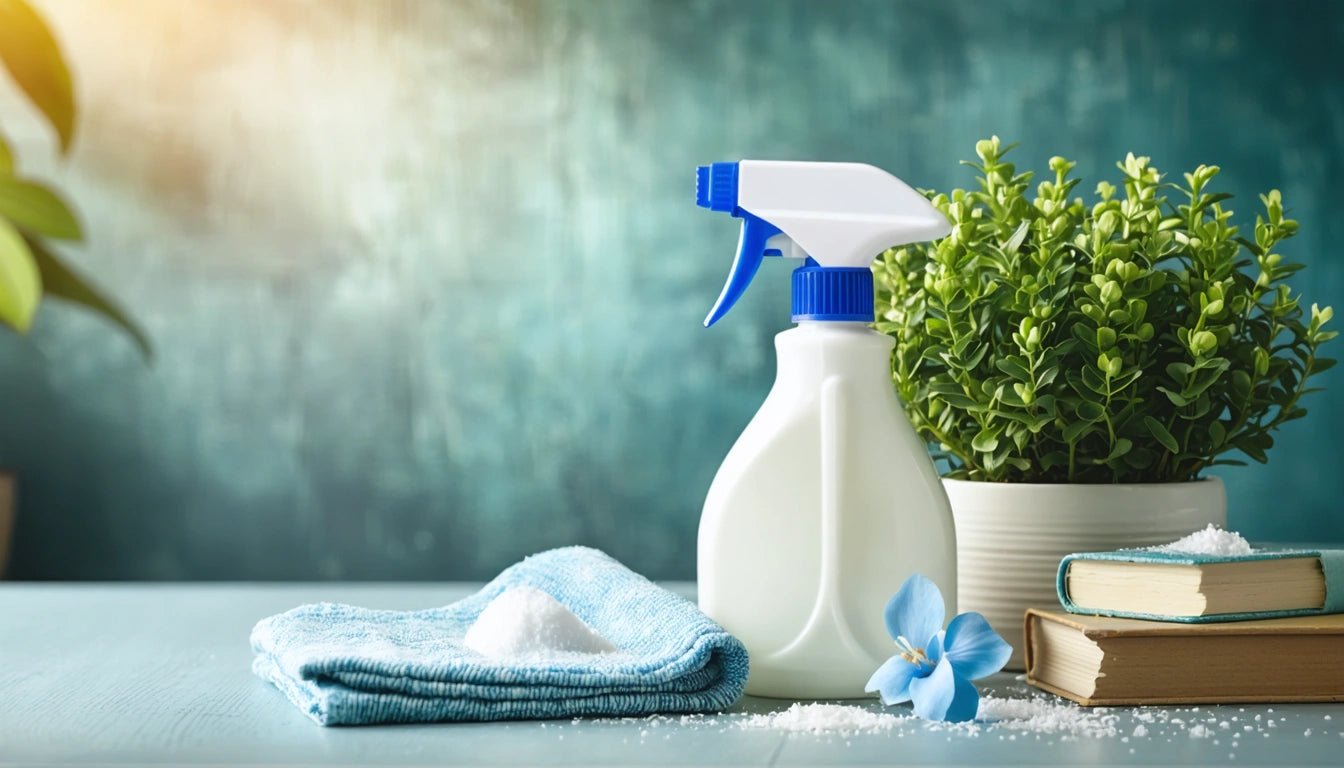Table of Contents
- Why Make DIY Febreze: Benefits of Homemade Fabric Refreshers
- Basic DIY Febreze Recipe: Essential Ingredients
- Specialized Formulas for Different Needs
- Scent Customization: Creating Signature Fragrances
- Storage and Packaging: Preserving Your Homemade Spray
- Practical Applications: Beyond Fabric Refreshing
- DIY vs. Commercial: Cost Analysis and Performance Comparison
How to Make DIY Febreze at Home
Creating your own fabric refresher spray at home is simpler than you might think. With just a few ingredients from your pantry and some essential oils, you can make a DIY Febreze alternative that works effectively while saving money and reducing your exposure to chemicals. This guide will walk you through everything you need to know about making homemade fabric fresheners.
Why Make DIY Febreze: Benefits of Homemade Fabric Refreshers
Commercial fabric refreshers like Febreze contain various chemicals that some people prefer to avoid. Making your own version gives you complete control over the ingredients while offering several advantages:
- Cost-effective: Homemade solutions cost a fraction of store-bought options
- Customizable scents: Create personalized fragrances to suit your preferences
- Eco-friendly: Reduce plastic waste from commercial spray bottles
- Avoid allergens: Eliminate potential irritants found in commercial products
- Natural ingredients: Use plant-based components instead of synthetic chemicals
Similar to creating your own body sprays, making DIY Febreze allows you to experiment with different scent profiles while avoiding harsh chemicals.
Basic DIY Febreze Recipe: Essential Ingredients
Base Recipe Ingredients
The foundation of any DIY fabric refresher requires just a few simple components:
- 2 tablespoons baking soda
- 2 cups warm distilled water
- 1/4 cup fabric softener (optional) OR 2-3 tablespoons witch hazel
- 15-20 drops essential oil of choice
- 16 oz spray bottle (preferably glass or high-quality plastic)
Step-by-Step Instructions
How do you make Febreze at home? Follow these simple steps:
- Dissolve the baking soda in warm distilled water by stirring thoroughly
- Add fabric softener or witch hazel (witch hazel creates a more natural version)
- Add essential oils of your choice
- Pour the mixture into your spray bottle using a funnel
- Shake well before each use
Specialized Formulas for Different Needs
Different situations call for specialized formulas. Here are variations to address specific odor problems:
Pet Odor Eliminator
For pet odors, modify the basic recipe by adding:
- 1/4 cup white vinegar
- 10 drops lavender essential oil
- 10 drops lemongrass essential oil
The vinegar helps neutralize strong pet odors while the essential oils provide a pleasant scent. Vinegar's smell dissipates as it dries, leaving only the essential oil fragrance behind.
Smoke Odor Remover
For smoke odors, consider using specialized containers similar to those used for storing sensitive aromatic products to keep your solution fresh and effective. For the formula itself, add:
- 1/3 cup vodka (unflavored)
- 15 drops eucalyptus essential oil
- 10 drops tea tree oil
The alcohol helps break down smoke particles while eucalyptus and tea tree provide antimicrobial properties and a clean scent.
Scent Customization: Creating Signature Fragrances
One of the biggest advantages of DIY Febreze is the ability to create custom scent profiles. Consider these popular combinations:
- Fresh Linen: 10 drops lavender + 5 drops lemon + 5 drops chamomile
- Citrus Burst: 8 drops sweet orange + 7 drops lemon + 5 drops grapefruit
- Forest Walk: 10 drops pine + 5 drops cedarwood + 5 drops cypress
- Spiced Comfort: 8 drops cinnamon + 7 drops clove + 5 drops vanilla
You can find quality essential oils at health food stores, specialty shops, or online retailers. Similar to sourcing quality patchouli oil, it's worth investing in pure, undiluted oils for the best results.
Storage and Packaging: Preserving Your Homemade Spray
Proper storage extends the life of your DIY fabric refresher:
- Use dark glass bottles to protect essential oils from light degradation
- Label bottles with ingredients and date made
- Store in a cool, dark place when not in use
- Use within 2-3 months for best results
- Add 1 teaspoon of vodka as a natural preservative for longer shelf life
If you enjoy making DIY products, you might also be interested in creating homemade skincare items using similar natural preservation techniques.
Practical Applications: Beyond Fabric Refreshing
Your homemade Febreze can be used for more than just refreshing fabrics:
- Spritz in shoes to eliminate odors
- Use as a room spray for quick freshening
- Spray in gym bags between washes
- Refresh car interiors and upholstery
- Lightly mist curtains and drapes
- Spray on carpets before vacuuming (test in an inconspicuous area first)
Just like with DIY beauty products, always perform a patch test before using extensively on fabrics, especially delicate ones.
DIY vs. Commercial: Cost Analysis and Performance Comparison
Making your own fabric refresher isn't just about avoiding chemicals. It also makes financial sense:
- Commercial Febreze: Approximately $5-7 per 27 oz bottle
- DIY Version: Approximately $1-2 per 16 oz bottle (after initial essential oil investment)
While commercial products may have stronger initial scents, many users report that DIY versions actually perform better at truly neutralizing odors rather than just masking them. The baking soda and vinegar in homemade formulas chemically neutralize odor molecules instead of just covering them up.
If you enjoy this DIY approach to household products, you might also appreciate learning about making your own bath salts or creating DIY body butter using similar principles of natural ingredients and customization.
By making your own DIY Febreze at home, you're not only saving money but also creating a more personalized and potentially healthier alternative to commercial fabric fresheners. With just a few simple ingredients, you can tackle household odors while enjoying custom scents that perfectly match your preferences.



















